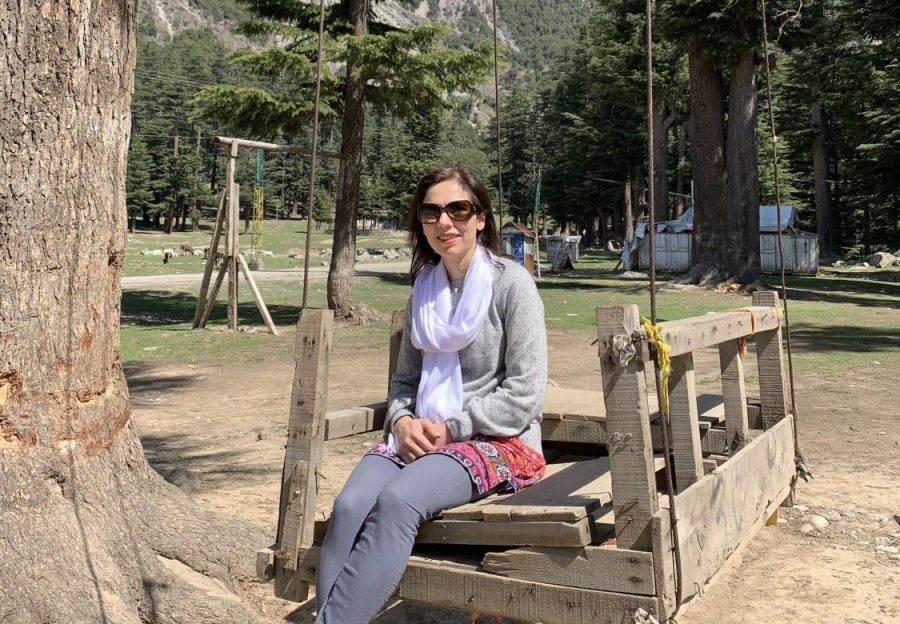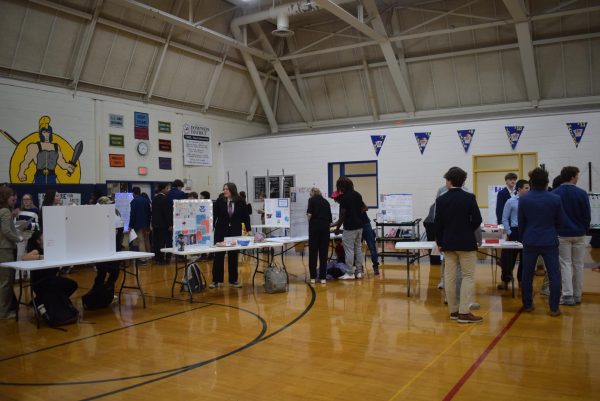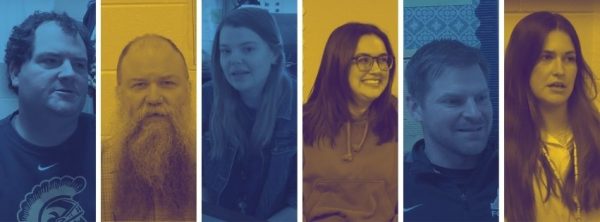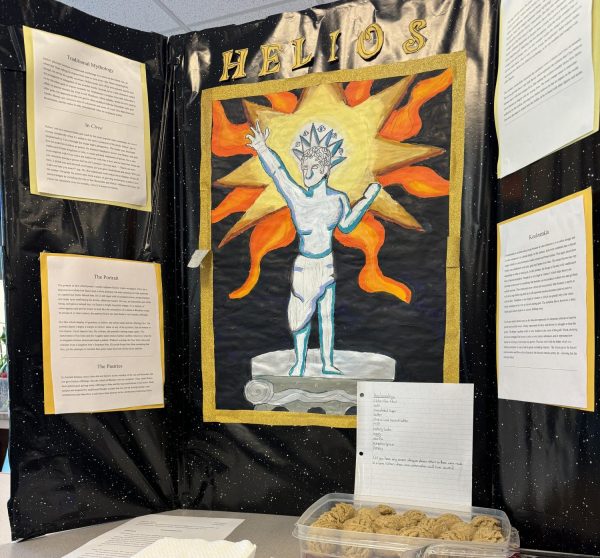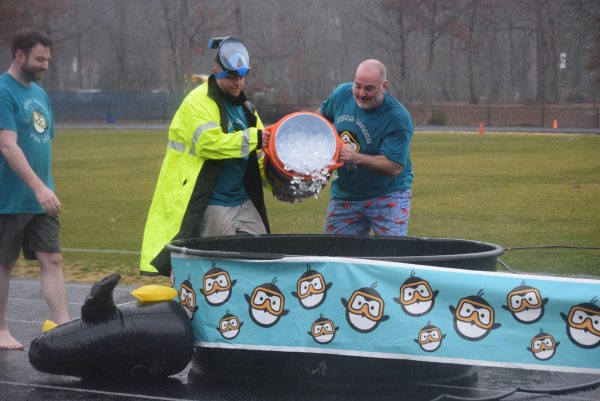A Polyglot’s guide to learning a language
Somia Rashid, speaks Persian, Urdu, Pashto and English, and shares her advice on learning a new language
Photo by: Somia Rashid
English teacher, Somia Rashid, is fluent in English, Pashto, Persian, and Urdu.
Learning a language has always been deemed a monumental feat, where complete fluency could only be achieved through years of studying, practice and total immersion. In the Chesterfield County Public school system, students are required to enroll in either Spanish, French, German, Latin or American Sign Language for a minimum of three years to earn credit in foreign language. Despite the seemingly easy process of learning a new language, students often exit their three years, barely speaking the language, with an overall poor understanding of the course and culture.
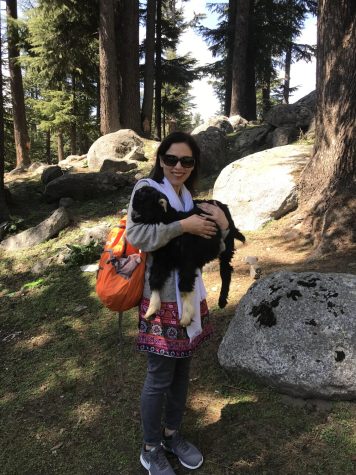
Somia Rashid, a current English teacher at Midlothian High School, not only knows English, but three other languages in fluency, including Persian, Pashto and Urdu. In fact, English is her fourth language.
Rashid, originally from Pakistan, mastered three Perso-Arabic languages because she grew grew up unconsciously speaking four languages simultaneously.
“My mom spoke one language, my dad spoke another language. Urdu was the national language, and we learned English in school,” Rashid said. “It was unconscious. It wasn’t like ‘Oh I’m learning a language’, we just grew up speaking all four languages. In one sentence, we would have words from all languages. It just happened that way,” Rashid said.
Since kindergarten, Rashid practiced her English in an English class for a few hours a day.
“It was an everyday thing,” Rashid said. “English was just like any other subject in school, like math, science, social studies. The teachers used strategies like I use now with my students. There is a lot of repetition.”
Alongside her career as an English teacher, Rashid also spends her time teaching English to foreign English speakers who learn it as a second language. “I teach a lot of vocabulary instruction and audio visual aids and try to give them an opportunity to speak the language,” Rashid said.
In 2002, Rashid and her family pursued the American dream and relocated to America.
“We had the opportunity,” Rashid said. “That same year, I applied for a job in Chesterfield County as an ESL teacher, and have worked as an ESL teacher for many years now.”
After moving to the states, Rashid witnessed the difference in how languages are taught in public schools compared to around the world.
“I’m not really happy with it,” Rashid said. “It’s not treated seriously.”
“When you’re learning a language, you need to practice it every single day,” Rashid said. “When you are growing up, you take English everyday in kindergarten for an hour, hour and a half, until now, when you’re in high school. And if that’s your first language, you already need that much time, so for a second language, you need even more time.”
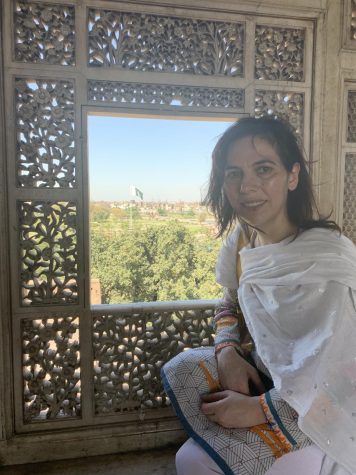
It’s clear that the United States public schools system lacks in the foreign language department, ultimately forming a monolingual nation of students, barely scraping by to pass class with a simple “Hola” or “Bonjour.”
“Especially in elementary school I think it’s a joke,” Rashid said. “Like once a week you talk about the language, and I don’t know exactly how it works in middle and high schools, but I know that my kids can’t speak Spanish, that’s all I know.”
In the end, the process of learning a language isn’t so cut and dry.
“It needs time,” Rashid said. “You have to be serious with it, and you have to give yourself enough time. Practice really makes a difference.”
“It’s beautiful to be bilingual,” Rashid said. “There are so many advantages that come with it, so if you have a chance in life, go for it.”

Kyle Reeder, Class of 2023
Kyle Reeder has been on staff for four years and is the Multi-Media Editor. Outside of school, he runs cross country and...


